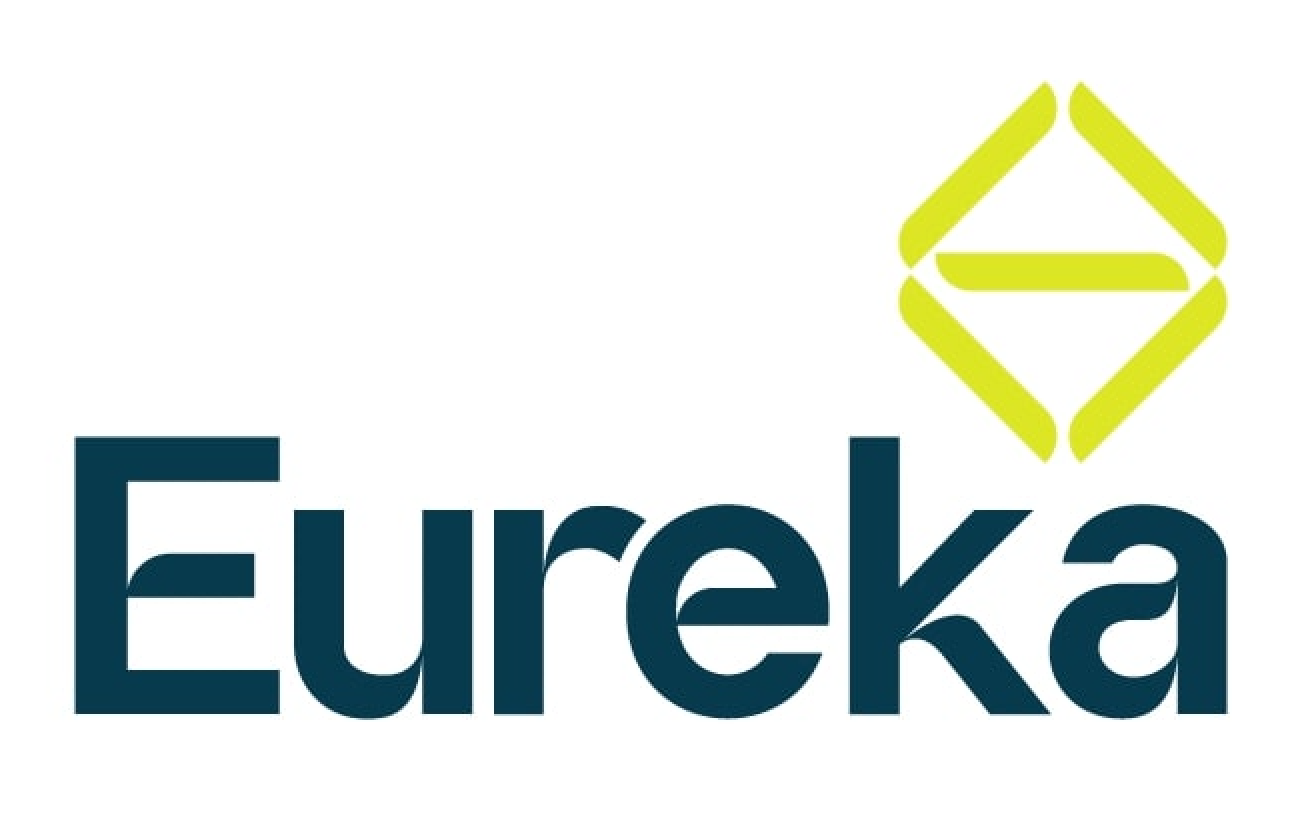The direct approach: personalizing your job application
Many people might apply for the same job you want—sometimes over a hundred – I’ve seen 9,200 on a single LinkedIn job!
You have to try something special to get noticed, like talking straight to the company – the recruiter or hiring manager. This is what we call the direct approach.
Why do it?
When you send a special note to the recruiter or hiring manager, it shows them you want the job. Most people send in their resumes and wait. But not you. Sending a note can make you stand out. Believe it or not, only 5% of applicants take this extra step!
How to do it
Learn about the company and the job first. Use what you learn to write a short, clear message. Talk about how you can help the company with the skills you have.
What to include
Be polite and use the person's name if you can. Share your best skills that fit the job. Show your excitement about working there. Ask if you can talk more about how you can be part of their team.
Make it personal, and don’t use an AI template. While only a small number (5%) send a direct message, around 75% use AI templates, which isn't showing you in the best light!
The benefits
This direct way can help the hiring manager see you as a natural person, not just another application. It creates a memorable impression, showcasing your initiative and interest in the role. By adding a personal touch, you communicate your qualifications and understanding of the company's culture and values. This can significantly increase your chances of landing a job and finding the perfect fit for your skills and career aspirations.
Getting a response
If they reply to your message, write back right away. Keep being polite and say thanks. Even if you don't get the job this time, acting professional can help you in the future. Each interaction allows you to expand your network and open doors to other possibilities.
Remember, the direct approach isn't just a tactic; it demonstrates your commitment to your career. It's a step towards building a rapport with potential employers and positioning yourself as the ideal candidate. So, next time you apply, take that extra step. It could lead to an opportunity that might be the defining moment of your career.
Good luck!
Share our insights
Recent insights




